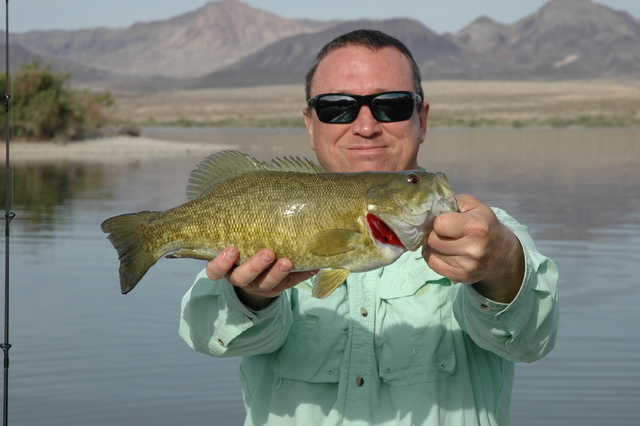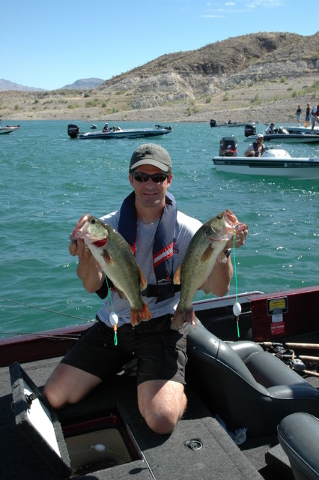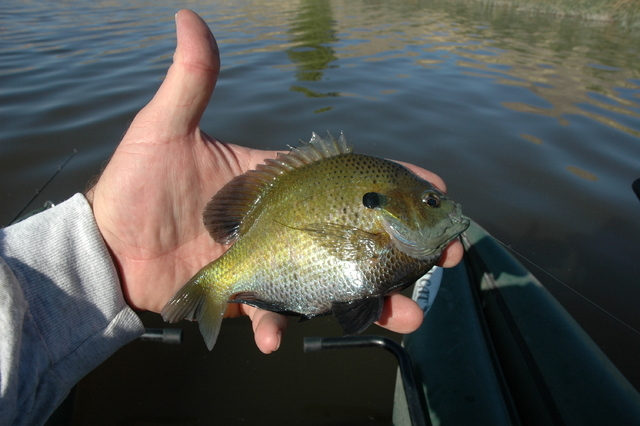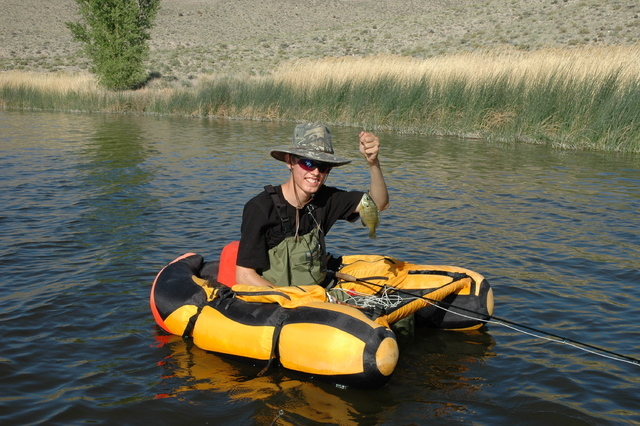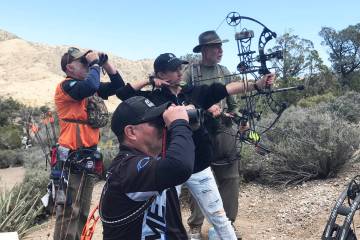Fishing industry hopes to attract Millineals to outdoors activities
“The world has changed; we’ve got to change!”
That is the challenge extended by Michael Nussman, president and CEO of the American Sportfishing Association, to representatives of the sportfishing industry during his speech at the 2016 edition of ICAST – the International Convention of Allied Sportfishing Trades – held in Orlando July 12-15.
ICAST is the largest sportfishing trade show in the world, the primary gathering place where manufacturers and retailers meet to determine what you will find on the shelves at your favorite outdoor store or in the pages of your preferred outdoor catalog or website during the next year.
“There is no getting around the fact that our country’s demographics are changing. Where people live is changing,” said Nussman. “Many people just don’t have the generational knowledge – the legacy – of recreational fishing in their cultures or families.
“An entire generation – the Millennials – seems to have opted out of nature as easily as they opt out of emails. Can we invite them back in? You bet. Do we need to go younger and get more creative with our approach? Absolutely! Because our current customers – baby boomers like me - are getting old.”
Following World War II, the Baby Boomer generation sought refuge from the demands of everyday life and solitude in the outdoors. Next came Generation X and their desire for an adrenaline rush. Where Baby Boomers simply enjoyed climbing a mountain, Generation X sought ways to do it faster and closer to the edge.
Then came the Millenials, those born from about 1982 through the early 2000’s.
“They are different than Boomers who were more individualistically inclined and often did things in the outdoors because of philosophical reasons… And they are different than Gen-X’ers who did things in outdoors for the adrenaline rush,” wrote Ron Watters, professor emeritus of Outdoor Education and former director of the Idaho State University Outdoor education program in his academic paper “Generational analysis: A new method of examining the history of outdoor adventure activities and a possible predictor of long range trends.”
“Millennials — the generation to which programmers of activities and purveyors of outdoor equipment must now adapt — will primarily engage in outdoor pursuits for recreation and the simple pleasures of being with friends. They don’t need to risk life and limb nor do they need to escape…,” Watters noted.
Watters also predicted that “outdoor activities will still hold the interest of the Millennials, but based on generational analysis, we will see a gradual decline in interest and participation levels. And that brings us back to ICAST 2016, the concerns of outdoor industry leaders and Nussman, who pointed out three areas where he believes the sportfishing industry can improve and take steps to invite Millennials “back in.”
First, “State fish and wildlife agencies have a huge role in our success. Whatever it takes — state agencies absolutely must step up their game and create a customer service experience where buying a fishing license and learning where to fish is as easy as ordering a car ride,” he said.
Some state agencies already are in the mix. Arizona recently revisited and simplified their entire fishing and hunting license structure. Nevada is working on something similar. And Utah allows you to download and carry your license in your cell phone.
Second, Nussman encouraged those who provide introductory fishing programs to move beyond one-day workshops and offer extended learning opportunities that he believes are more effective at recruiting new anglers. He pointed to Florida, which holds week-long fishing camps for young people and referred to the recent growth in competitive angling at the both the high school and college levels.
Third, Nussman told the group they had to change the way they sell their sport.
“For many years, we’ve sold rods and reels and baits and tackle. We’ve talked about ball bearings and breaking strength and such,” he said. “And to tell you the truth, it’s worked pretty well for baby boomers, and our avids. But will it work in the future?
“Today’s consumer wants easy! We need to do a far better job in selling the sport and simplifying the beginner’s experience. We need to provide better and more understandable ‘where to’ and ‘how to’ information. We need to sell to these new consumers.”
Perhaps the rest of us can help by simply inviting a neighbor or friend to join us on our next fishing trip.
Freelance writer Doug Nielsen is a conservation educator for the Nevada Department of Wildlife. His “In the Outdoors” column, published Thursday, is not affiliated with or endorsed by the NDOW. Any opinions he states in his column are his own. He can be reached at intheoutdoorslv@gmail.com.



